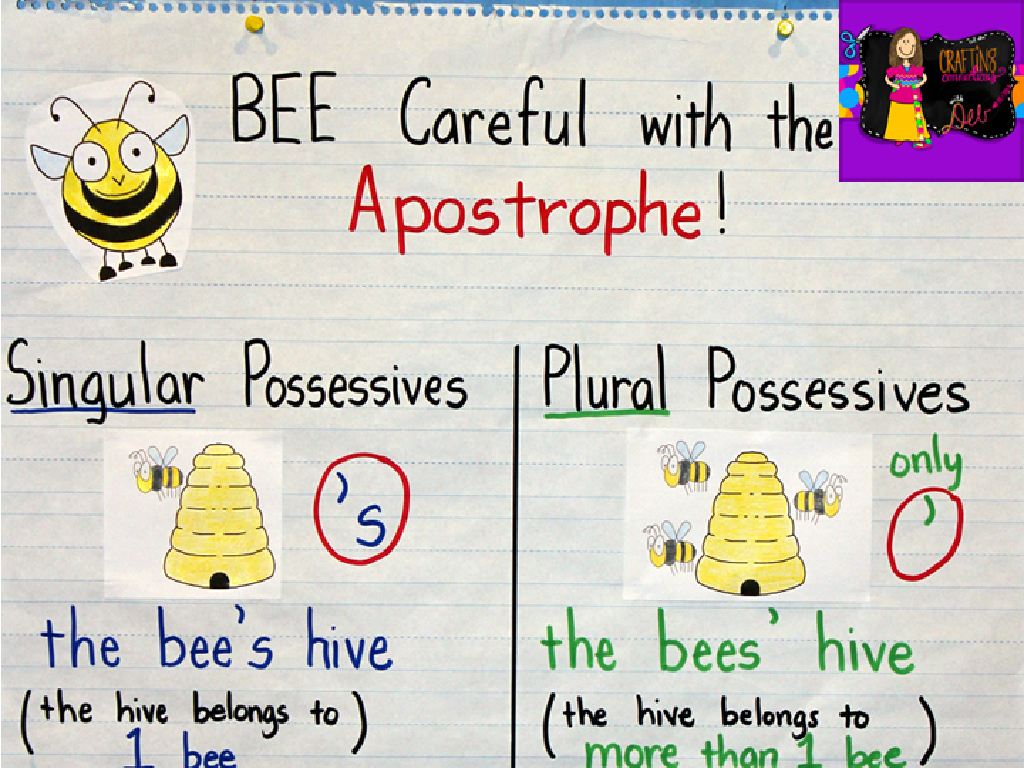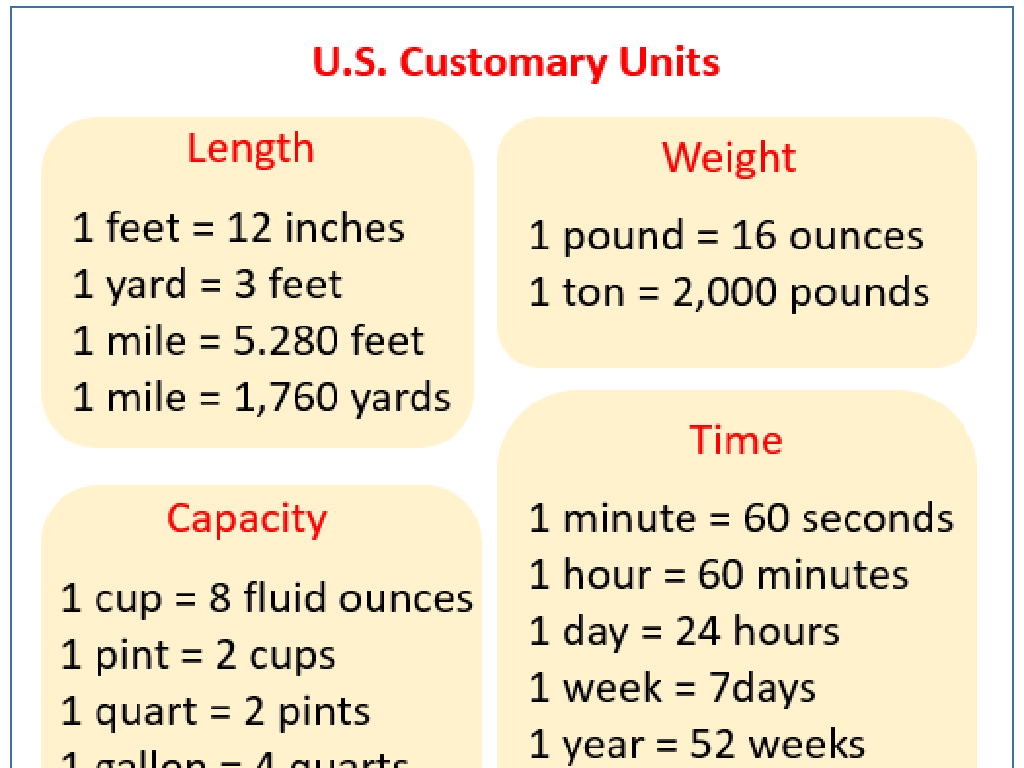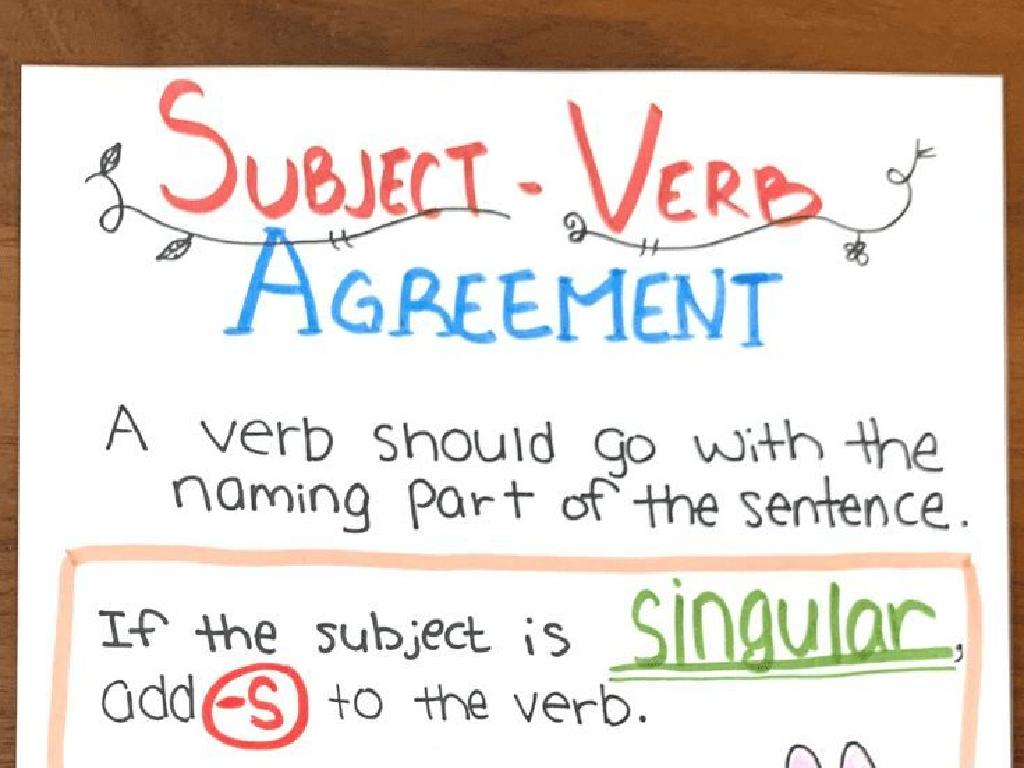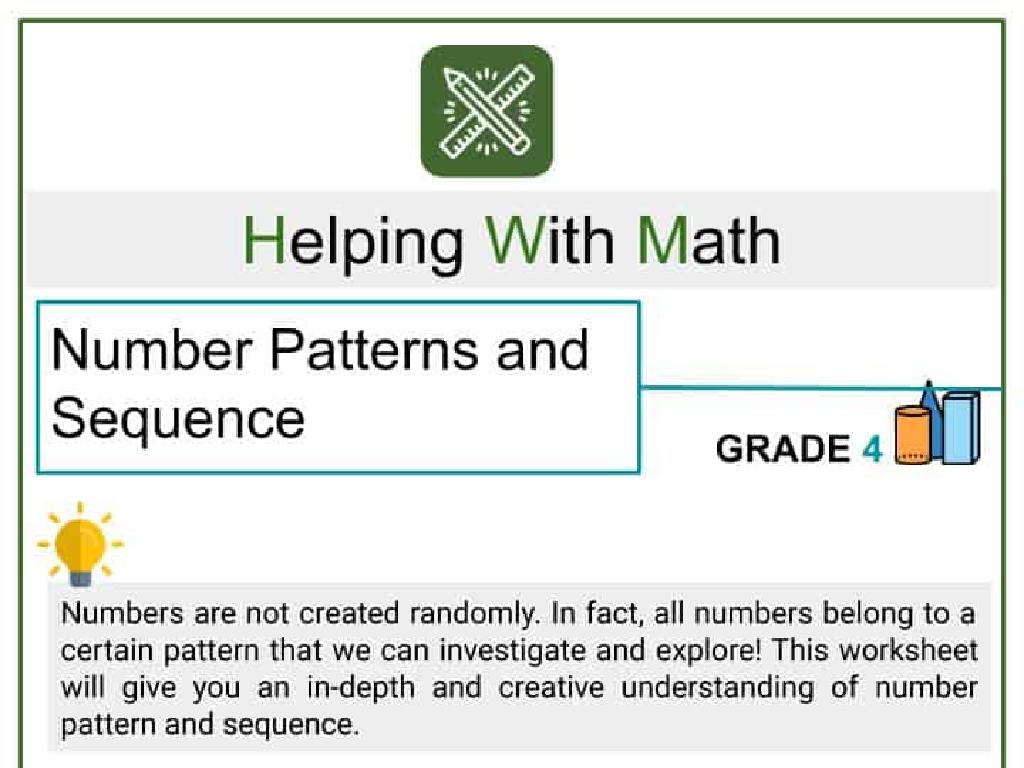Graph And Order Fractions On Number Lines
Subject: Math
Grade: Third grade
Topic: Compare Fractions In Recipes
Please LOG IN to download the presentation. Access is available to registered users only.
View More Content
Introduction to Fractions
– What are fractions?
– Fractions represent equal parts of a whole or a collection.
– Parts of a whole explained
– If a pizza is cut into 4 pieces, each piece is a fraction (1/4) of the pizza.
– Daily life fraction examples
– Using fractions when following a recipe, or dividing a snack.
– Practice with real examples
|
Begin the lesson by explaining that fractions are a way to represent parts of a whole, making sure to clarify that the whole can be a single object or a group of objects. Use tangible examples like slices of pizza or pieces of fruit to illustrate the concept. Show how fractions are used in everyday life, such as in cooking or dividing things evenly among people. Encourage students to think of their own examples of fractions they encounter daily. Conclude with an activity where students find and share examples of fractions from their experiences or from simple recipes to reinforce the concept.
Fractions in Recipes: Measuring Ingredients
– Fractions in cooking
– Fractions help measure ingredients like 1/2 cup sugar.
– Read recipe measurements
– Recipes use fractions to tell how much you need, like 3/4 tsp salt.
– Importance of precision
– Exact amounts make sure food tastes great.
– Practice with real recipes
– Try measuring ingredients for a cookie recipe.
|
This slide introduces students to the practical application of fractions in everyday life, specifically in cooking. Start by explaining how fractions are used to measure ingredients accurately, such as half a cup of sugar or three-quarters of a teaspoon of salt. Emphasize the importance of reading and understanding these measurements to follow a recipe correctly. Discuss why precise measurements are crucial in cooking, as they affect the taste and outcome of the dish. To reinforce the concept, engage students in a hands-on activity where they practice measuring ingredients for a simple recipe, such as cookies, using fraction measurements. This will help them visualize and better grasp the concept of fractions on number lines.
Understanding Number Lines with Fractions
– What’s a number line?
– A straight line with numbers placed at equal intervals.
– Using a number line
– It helps us understand order and value of numbers.
– Plot whole numbers on it
– Starting with 0, count up and mark each whole number.
– Place fractions correctly
– Fractions go between whole numbers, based on size.
|
This slide introduces the concept of a number line as a foundational tool in mathematics for understanding the order and value of numbers. Begin by explaining what a number line is and how it is used to visually represent numbers. Demonstrate placing whole numbers on a number line, starting with zero and marking points at equal intervals. Emphasize the importance of equal spacing for accuracy. Then, show how fractions fit into the number line by placing them between whole numbers according to their value. For example, 1/2 would be halfway between 0 and 1. Use clear examples and encourage students to practice by plotting both whole numbers and simple fractions on a number line. This will prepare them for comparing fractions in the context of recipes and other practical applications.
Placing Fractions on a Number Line
– Spaces between whole numbers
– Each space can be divided into equal parts to show fractions.
– Steps to graph fractions
– Find the right spot for each fraction by dividing spaces.
– Example: 1/2, 1/4, 3/4
– 1/2 is in the middle, 1/4 is to the left, 3/4 is to the right of 1/2.
– Ordering fractions correctly
– Compare by looking at their position on the line.
|
This slide introduces students to the concept of graphing fractions on a number line. Begin by explaining that the spaces between whole numbers can be divided into equal parts to represent fractions. Demonstrate how to place fractions on a number line by dividing each space into the denominator’s number of parts and counting to place the numerator. Use the example of 1/2, 1/4, and 3/4 to show how fractions are placed relative to each other. Emphasize that the further to the right a fraction is on the number line, the greater its value. Encourage students to practice by placing different fractions on a number line and comparing their sizes.
Ordering Fractions on a Number Line
– Compare sizes of fractions
– Which fraction is smaller: 1/4 or 3/4?
– Order fractions small to large
– Place 1/3, 2/3, 1/6 on a number line
– Activity: Fraction card ordering
– Arrange your cards from least to greatest
|
This slide introduces the concept of comparing and ordering fractions. Start by explaining how to determine the size of fractions by looking at the numerator and denominator. Use visual aids like fraction bars or circles to compare fractions like 1/4 and 3/4. Then, demonstrate how to place fractions on a number line from smallest to largest, using examples like 1/3, 2/3, and 1/6. For the activity, provide students with fraction cards and have them physically arrange these cards in order. This hands-on activity will help solidify their understanding of fraction order. Possible variations of the activity could include using different sets of fractions, working in pairs, or timing the activity for a fun challenge.
Comparing Fractions on Number Lines
– Use number lines for fractions
– Draw a line, mark 0 and 1, and place fractions on it
– Determine bigger or smaller fractions
– Look at the number line: which fraction is further right?
– Compare 1/3 to 1/4
– Is 1/3 bigger or smaller than 1/4 on the line?
– Compare 2/5 to 3/5
– Where do 2/5 and 3/5 sit on the line? Which is larger?
|
This slide introduces students to the concept of comparing fractions using number lines, a visual method that helps them understand the size of different fractions relative to each other. Start by explaining how to draw a number line and mark fractions on it. Emphasize that the fraction further to the right on the number line is the larger one. Use the examples of 1/3 and 1/4, and 2/5 and 3/5 to show practical comparisons. Encourage students to draw their own number lines and place the fractions to see which is bigger or smaller. This will help them visualize and better understand the concept of fraction comparison.
Class Activity: Fraction Number Line
– Create your own fraction number line
– Place fractions in correct order
– Use equal spacing for each fraction on the line
– Share your number line with the class
– Discuss the number lines together
– Talk about why you placed the fractions where you did
|
In this engaging class activity, students will apply their knowledge of fractions by creating their own number lines on paper or using manipulatives. Provide students with a set of fractions related to common recipe measurements, such as 1/4, 1/2, 3/4, etc. Guide them to correctly place these fractions on a number line with equal spacing between each fraction. Once completed, students will share their number lines with the class and discuss their reasoning for the placement of each fraction. This will help reinforce their understanding of the order and spacing of fractions. Encourage students to ask questions and provide feedback to their peers. Possible activities for differentiation could include using different sets of fractions, creating larger or smaller number lines, or working in pairs for collaborative learning.
Wrapping Up: Fractions on Number Lines
– Recap of fraction basics
– We learned to identify, graph, and order fractions on a number line.
– Importance of fractions
– Fractions are key in math, cooking, and more!
– Looking ahead: Adding fractions
– Next, we’ll learn to combine fractions to see how they add up.
|
As we conclude today’s lesson, it’s important to review the key concepts we’ve covered about fractions. We’ve learned how to identify fractions and their place on a number line, as well as how to compare and order them. Understanding fractions is crucial, not just in math class, but in everyday life, such as in cooking or dividing things evenly. Next time, we’ll build on this foundation by learning how to add fractions, which is an important skill for more advanced math concepts. Encourage the students to review their notes and practice graphing fractions at home to prepare for the next lesson.






